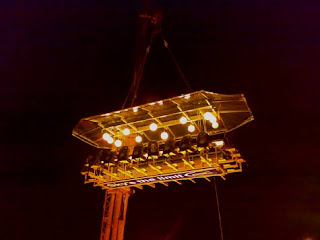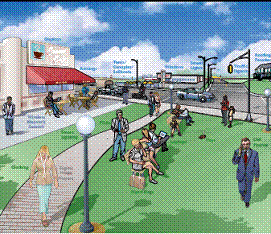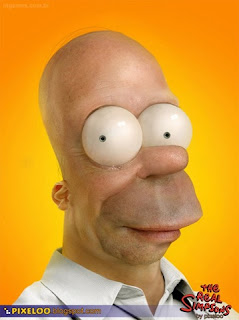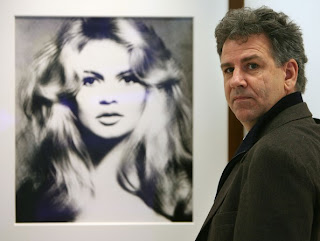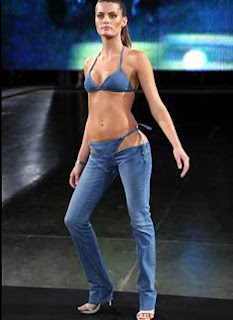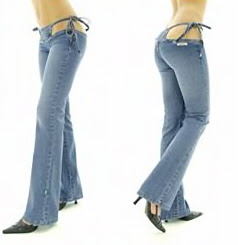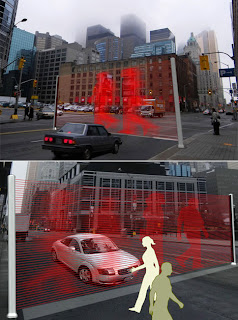 The opening on Saturday 12 April 2008 of the exhibitions of the renewed Library of Congress confronts the visitor with interactive technologies, courtesy of Microsoft, that make the Library of Congress and its collections more dynamic and accessible than ever. Touch-screen kiosks with the power to magnify images of objects, translate text and point to other information sources are found throughout the library’s exhibition spaces.
The opening on Saturday 12 April 2008 of the exhibitions of the renewed Library of Congress confronts the visitor with interactive technologies, courtesy of Microsoft, that make the Library of Congress and its collections more dynamic and accessible than ever. Touch-screen kiosks with the power to magnify images of objects, translate text and point to other information sources are found throughout the library’s exhibition spaces. experts - all on the same touch screen. This exhibition enables the visitor to immerse himself in the mindset of America’s most revered thinkers.
experts - all on the same touch screen. This exhibition enables the visitor to immerse himself in the mindset of America’s most revered thinkers.Artefacts like the Waldseemüller map (the first map which includes the name “America”), the rough draft of the Declaration of Independence, the Gutenberg Bible and original volumes from Thomas Jefferson’s Library are virtually at his fingertips.
Just a few examples, as you have to experiment yourself this new way of “going to the library”.
 Two of the Library’s greatest treasures, the Giant Bible of Mainz and the Gutenberg Bible, are displayed in separate cases, with a special interactive station that explains their rarity and relative position in the history of the written word. Both volumes were produced in Mainz, Germany, in the mid-1450s; one is written by hand, in manuscript, while the other is the first book printed with movable metal type. The Library’s three-volume printed Gutenberg Bible is one of three perfect vellum copies in existence.
Two of the Library’s greatest treasures, the Giant Bible of Mainz and the Gutenberg Bible, are displayed in separate cases, with a special interactive station that explains their rarity and relative position in the history of the written word. Both volumes were produced in Mainz, Germany, in the mid-1450s; one is written by hand, in manuscript, while the other is the first book printed with movable metal type. The Library’s three-volume printed Gutenberg Bible is one of three perfect vellum copies in existence.The kiosks offer the chance to look more closely at the Gutenberg Bible and examine selected
 pages; others explain the mythological and literary references in the ornaments of the Italian Renaissance-style Jefferson Building. The exhibition “Thomas Jefferson’s Library” also uses such kiosks to help look inside a few 18th-century books.
pages; others explain the mythological and literary references in the ornaments of the Italian Renaissance-style Jefferson Building. The exhibition “Thomas Jefferson’s Library” also uses such kiosks to help look inside a few 18th-century books.These kiosks allow the visitor to see the changes in the Declaration so clearly, even identifying the different handwriting on the document.
Jefferson’s edited copy of Lafayette’s draft of the French Declaration of the Rights of Man and of the Citizen in 1789 is here. So is a typescript of the Rev. Dr. Martin Luther King Jr’s 1963 “I
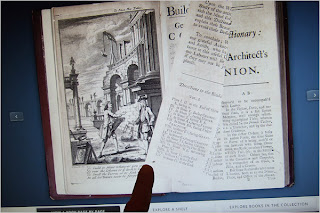 Have a Dream” speech, in which he brilliantly reclaimed the founding fathers for the civil rights movement, by speaking of them as having signed a “promissory note.”
Have a Dream” speech, in which he brilliantly reclaimed the founding fathers for the civil rights movement, by speaking of them as having signed a “promissory note.”Continue reading .........
source: NYT 80460

